

Peter
|




|


quote:An interesting side story involving the famous "Gold Spike": For the grand opening of the California State Railroad Museum, during May 1981, the California State Highway Patrol transported the REAL Gold Spike from Stanford University to the California State Railroad Museum in the TRUNK OF A CHP PATROL CAR! Some of us from the 4449 crew, which arrived at the Museum about a week early for the big grand opening bash, where present when the CHP car drove into the grounds. The plain wood box was removed from the car trunk and carried into the new museum, to be placed in a thick glass viewing case, in order for for the public to see it. Upon questioning, the CHP officer allowed that the reason he was late; he had stopped for lunch enroute to Sacremento, WITH THE GOLD SPIKE IN THE TRUNK OF HIS CAR!
Some of us had the chance to "see it up close & personal" prior to the spike being placed in its viewing case. I sure wish I had had my camera with me!
Ten years later, for the 10th anniversary of the CSRM, the Gold Spike was transported from Stanford University in a BIG armored truck with a complete CHP escort. Upon arrival at the CSRM, an armed guard escorted "the wood box" into the building and ABSOLUTELY NO ONE WAS ALLOWED EVEN CLOSE! Someone finally understood the value & history of what was in "the box"!!!!
quote:Thanks for the recommendation, Dave! I will have to pick up a copy.
I've already read this one, and it was quite detailed:
Nothing Like It In the World, The Men Who Built the Transcontinental Railroad
quote:Dave you should consider writing a book about all you did to create the NWTL.
quote:I love the pictures of the layout, However the journey you made along both sides of the border(US/CA) a couple of years baCK was a favorite of mine. I liked all the work it took to figure out when to be a the face wall of the tunnel to get the pictures without shadows. Also loved the comments you made to the lady on the trip about the snakes and she laided down on the tressel to try and avoid them. I think you also had a very long hike in the darkness to just get to the place.
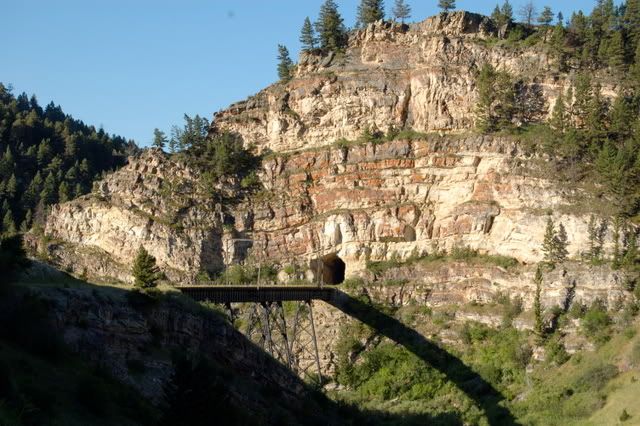
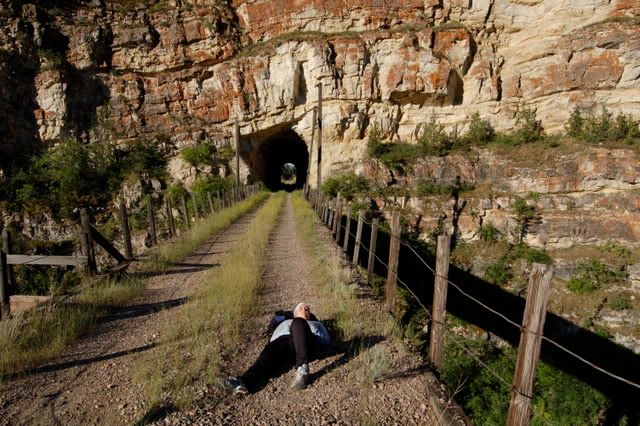
quote:Fantastic, Can't wait to see the mainline video run.
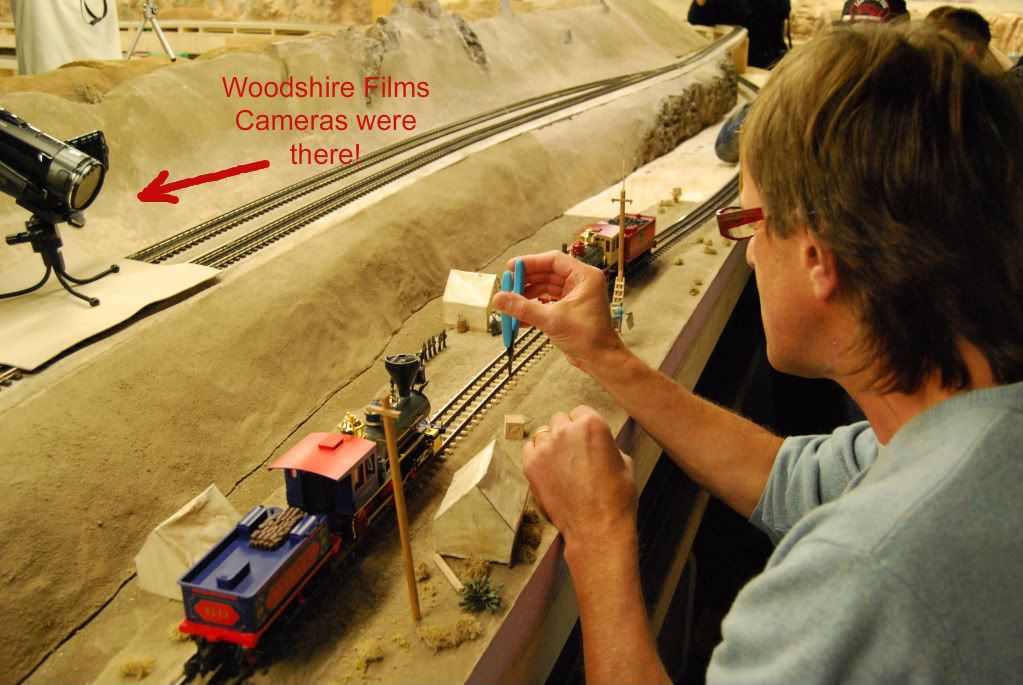
quote:Dave, it would appear that you have used 2" pink foam over plywood? I've done that with our home layout and also on the modular tables with Scaletrax. The noise level is quite high as if the foam actually amplifies the sound. Do you have the same there?
A home I originally had carpet foam under the (in my case) blue foam which was surprisingly loud. Then I reversed the placement with the foam direct to the plywood and the carpet foam on top with cork roadbed. Much better. At the club we just have the 2" foam on 1/4"Luann plywood which is awfully loud!
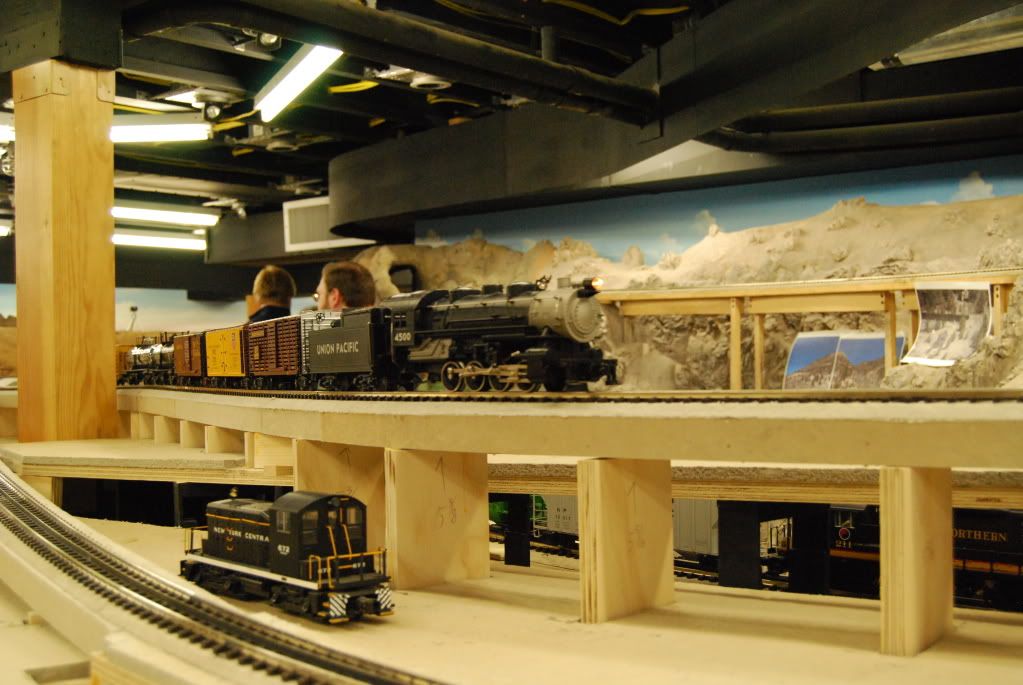
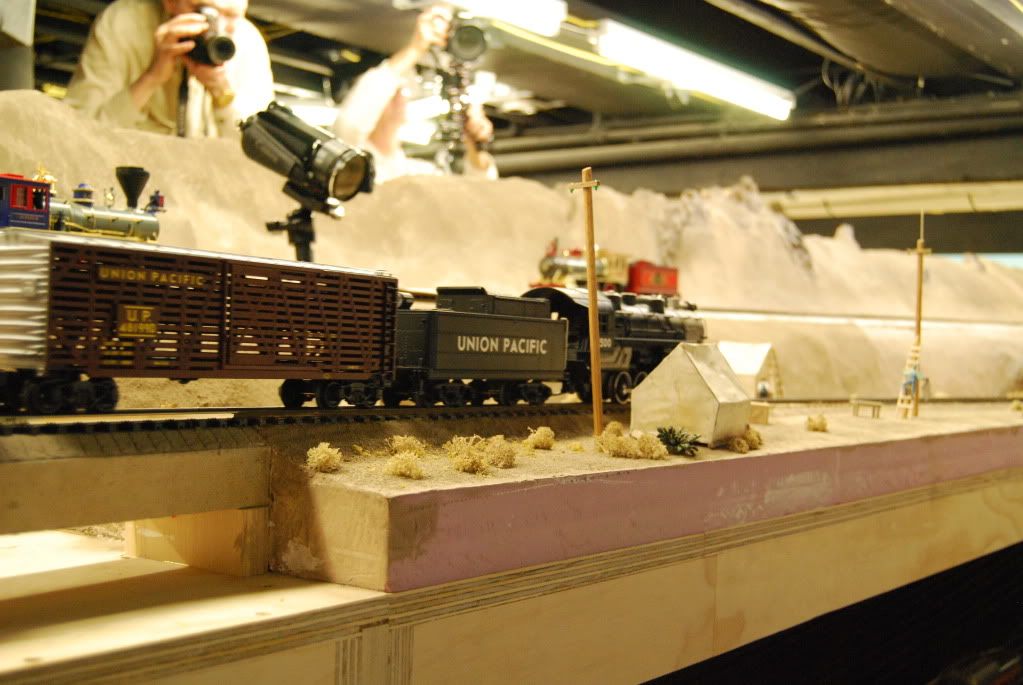
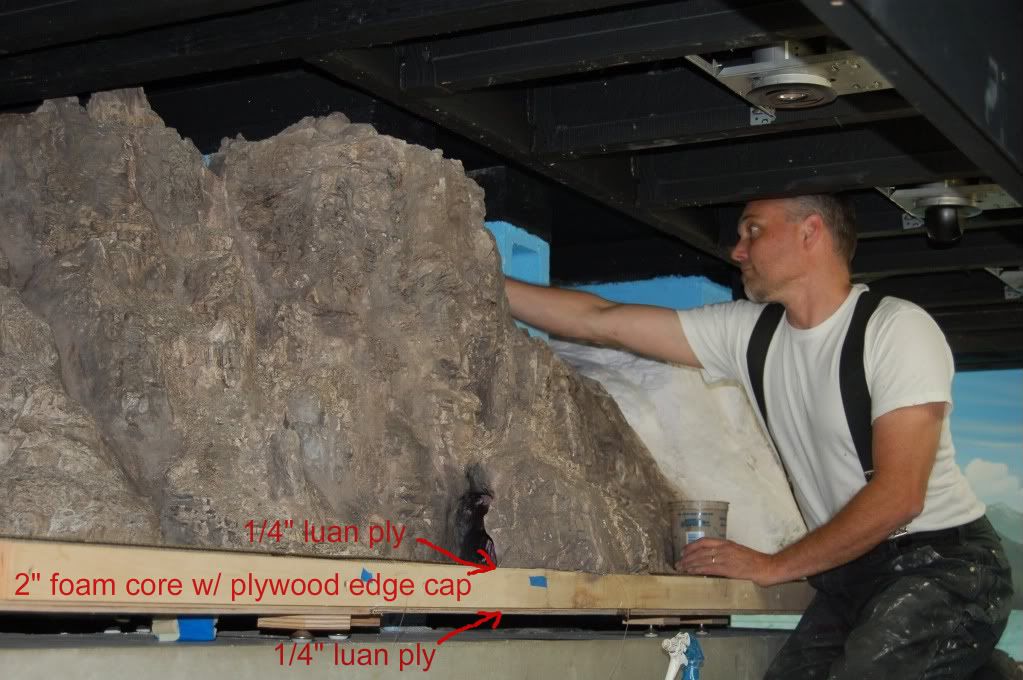
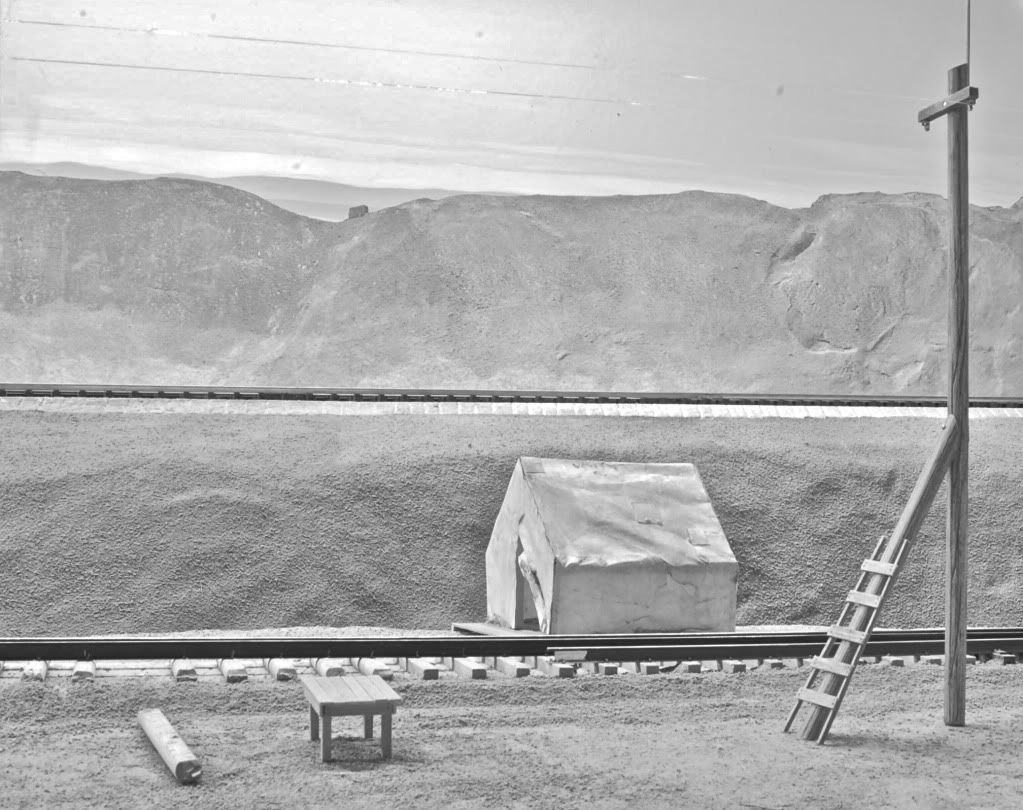
quote:Originally posted by SteveF:
So, Dave, is this your model of where the UP and CP built tracks parallel to each other to gain the extra bucks per mile and because no one had told them where to meet the tracks?
quote:Someone needs to put together a complete layout tour.


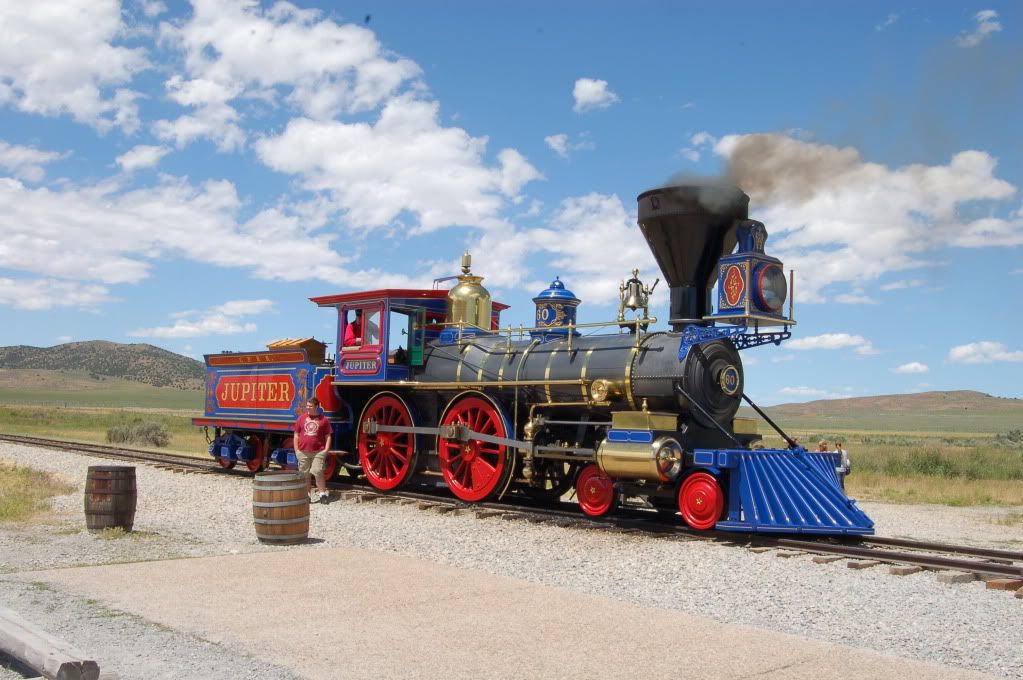
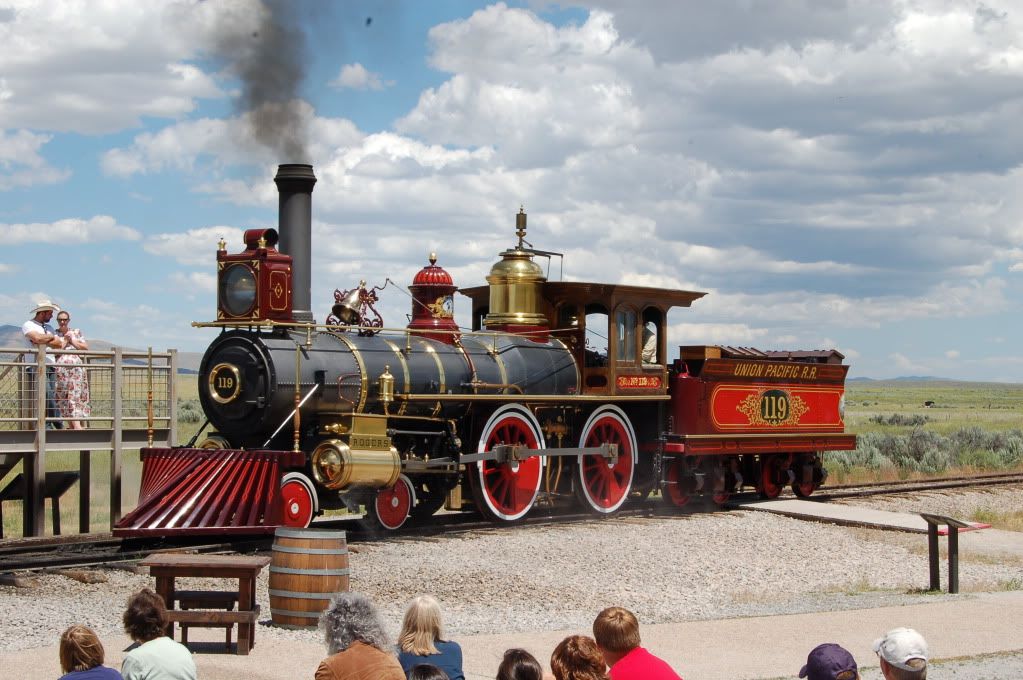
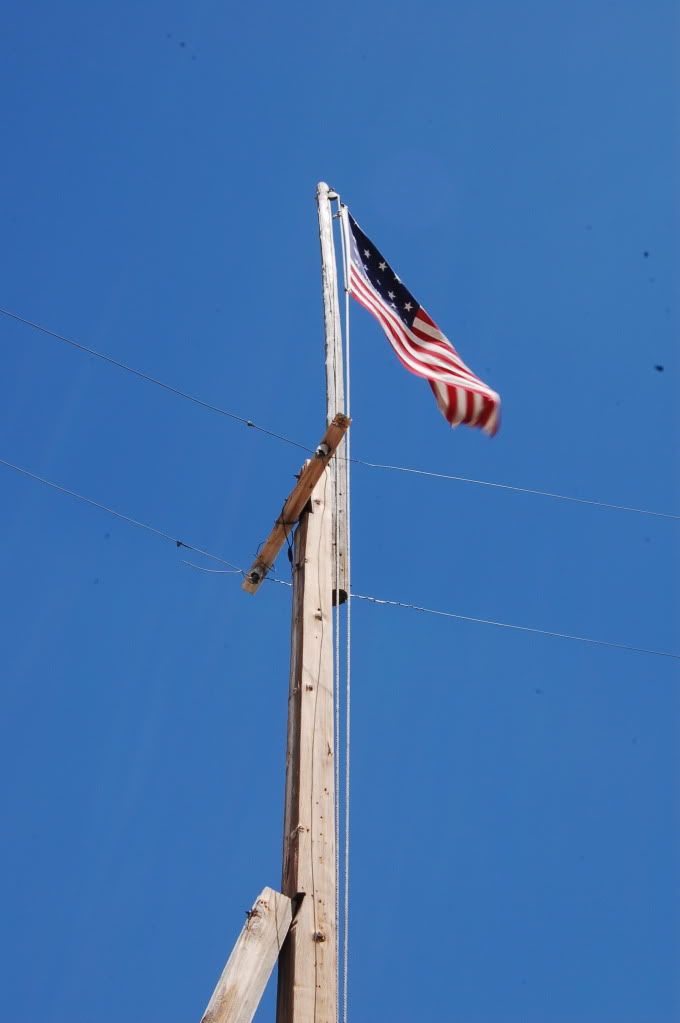
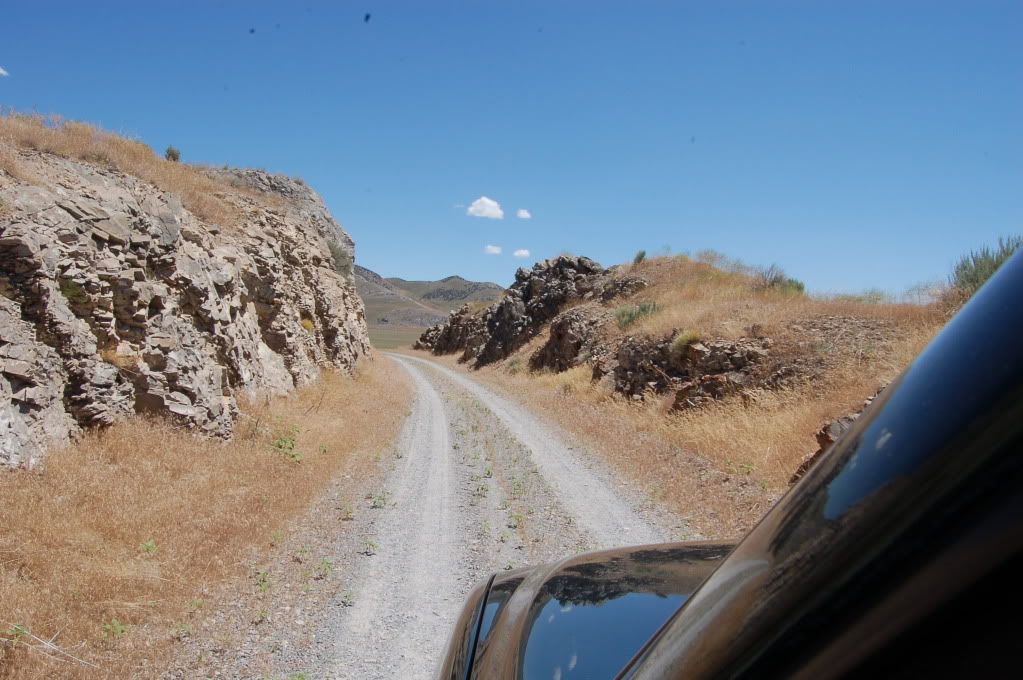
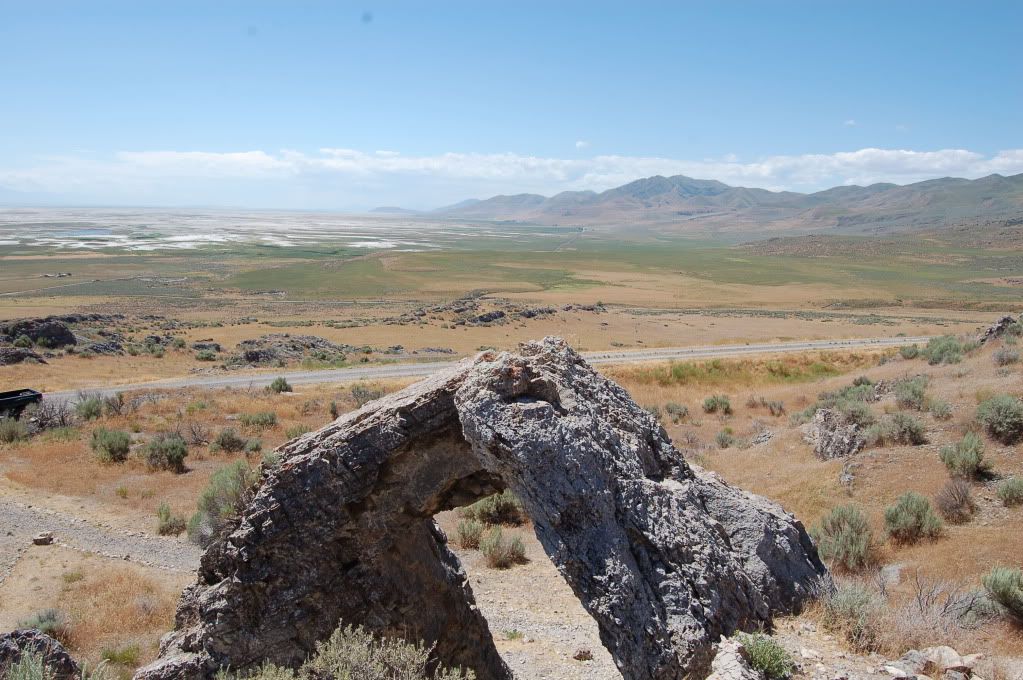
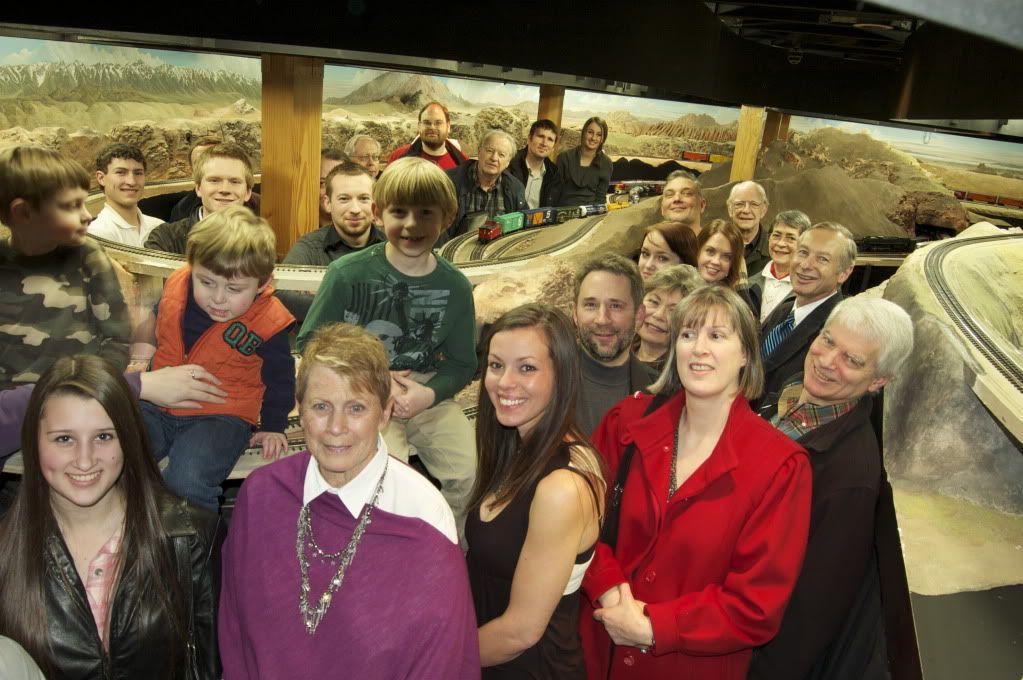
quote:Originally posted by Popsrr:
Dave any new pictue up dates?
Hi all,
Now that the forum has permanent threads I thought I'd "hijack" the Great Event thread from last year. I changed the thread title from "GREAT EVENT - NorthWest Trunk Lines" to "Northwest Trunk Lines - The voyage continues." From now on I'll post NWTL updates here.
In the months since the Christmas Party we have been able to work on a lot of detail projects that had been by-passed in order to make the layout presentable for several events around the holidays. Much of the work isn't very photogenic. We have been steadily improving our iPad control panels and computer control system.

I've posted the above photos on several other threads. However, what's not clear in the photos is that we have now integrated audio and lighting and track power controls into the same system. When Peter (the layout owner) comes down stairs to run trains he can now press a single button on a lighting control pad and turn on track power around the entire layout. Another button on the same control pad can be pressed and held to bring up the lights. The lighting now works on a time basis. Press and hold the button and the "time of day" changes 1 hour every 2 seconds. When you let go of the button the lights stop at that time of day. It sounds simple enough, and it is pretty slick, but it took over 35,000 lines of computer code to make it work.![]() One really neat feature we barely got up and running in December was ambient location sounds. Peter made contact with a sound editor who is also a railroad buff. He has been building audio mixes for each location around the room. Initially these effects had to be turned on at each location manually. Now we have them integrated into the automation system. You can start and stop all the sounds from the computer, any iPad, or a DCS remote.
One really neat feature we barely got up and running in December was ambient location sounds. Peter made contact with a sound editor who is also a railroad buff. He has been building audio mixes for each location around the room. Initially these effects had to be turned on at each location manually. Now we have them integrated into the automation system. You can start and stop all the sounds from the computer, any iPad, or a DCS remote.
Originally posted by Popsrr:
Dave any new pictue up dates?Originally poster by Hot Water:Especially the ladies????
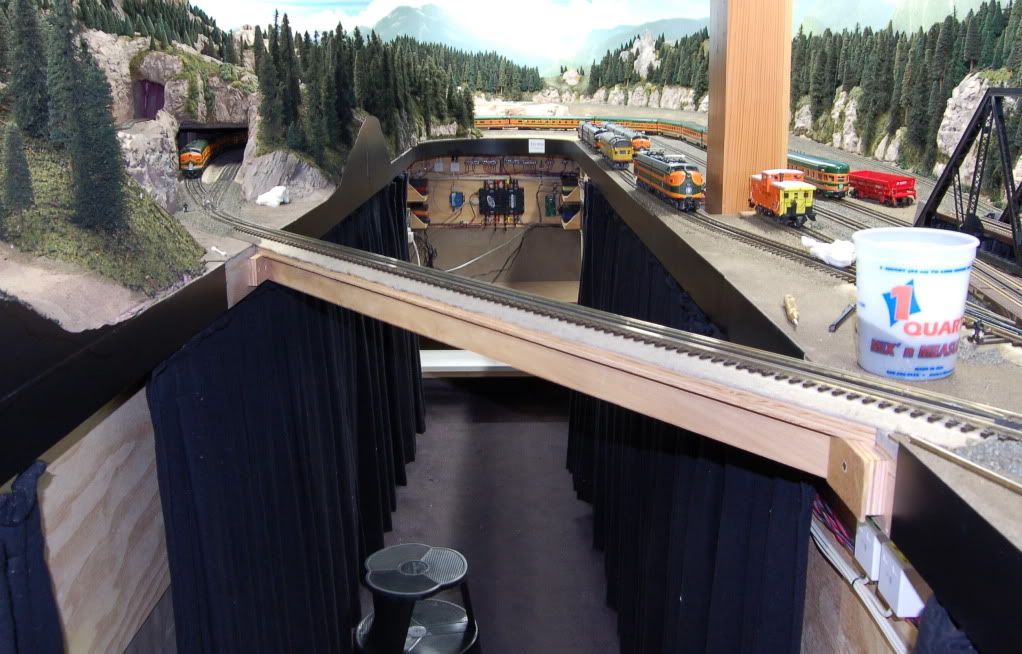


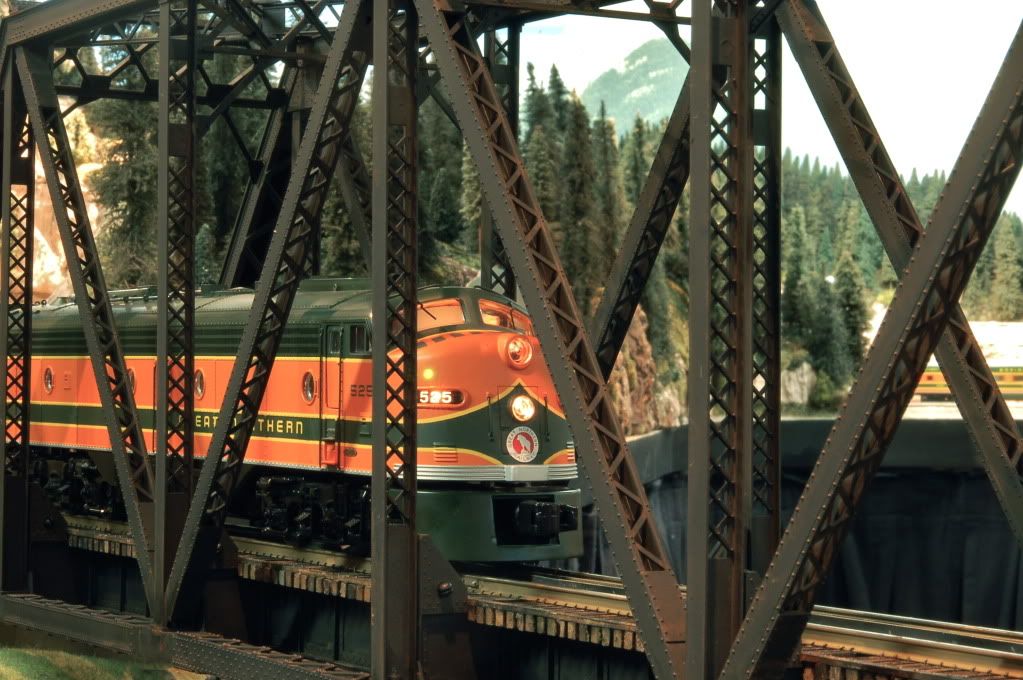
Fabulous! Thanks, Dave.
Peter
Thanks for the update.
This makes me want to take another trip to the Pacific Northwest.
Thanks Peter.
Pat, you and Jean are welcome to pay us a visit any time. The layout has certainly changed a LOT since you were here in 2010. See if you can drag Bear and Jophie with you.![]()
Dave, looks great! Hope you can make multiple layouts like this so I can order one.
PS. Don't feed Jen to the wolfs here!![]()
WOW Dave! What an amazing tribute!
Hi all,
We had some fun this week editing video taken over the summer. Kat Hazelton, sister of longtime crew member David Hazelton, is studying film and television production at Chapman University in Southern California. We put Kat's talents to good use and thought we would share the results with you.
This first video is quite long, but it's an often requested view of the layout that helps answer a common question... Just how big is this thing? ![]() As the title suggests, it's one complete lap around the single track mainline.
As the title suggests, it's one complete lap around the single track mainline.
This second video has nothing to do with the layout, other than the fact that the crew and I are all in it. We had the distinct privilege to go for a ride in Peter Hambling's Douglas A-26 Invader, aka Sexy Sue. As seen earlier in this thread, Peter is the owner of the NWTL. He is also an avid aviation buff with a long family history in both commercial and military aviation. Sexy Sue was converted from a two engine WWII bomber into an executive aircraft in the early 1950's. Hope you don't mind me sharing with you an event that was pretty special for myself and the NWTL crew.
Dave:
Those were great. The layout is HUGE. I spotted several custom hand-laid ScaleTrax turnouts and at least one custom crossing. Excellent work.
I spotted several custom hand-laid ScaleTrax turnouts and at least one custom crossing.
Good eye Matt. There are 10 hand laid curved switches on the layout. All were made with ScaleTrax rail and Ross frogs following Ross #6 or #8 curved switch patterns. Dave made the points and I did all the rest of the work on the switches. Dave designed and built the crossing in the Spokane yard. He also hand laid the On30 and On3 dual gauge track including 0/0n3 dual gauge switches on the Leadville wye. I was proud of myself after making the curved switches but Dave blew me away when he laid the crossing and dual gauge. The is some very unique trackwork in several places on the layout.
And for something else unique take a look to the left of the screen from 2:45 to 3:05. The crew of the 0-8-0 has real work to do. ![]()
Thanks Matt! As Ted mentioned, I kind of got carried away with the custom track work. I posted fairly extensively above about the O/On30 dual gauge in Owenyo. Following on that I decided to build O/On3 dual gauge in our HIGHLY compressed representation of Leadville, CO. O/On3 is much more difficult than O/On30 because the "center" rails ends up farther off center. We have to restrict both the motive power and cabooses (because of differences in pick-up rollers) to a hand full of equipment that has been tested to run on the off-center center rail. It's also the only part of the layout with less than O-72 3-rail curves. The curves in the wye are roughly O-42.
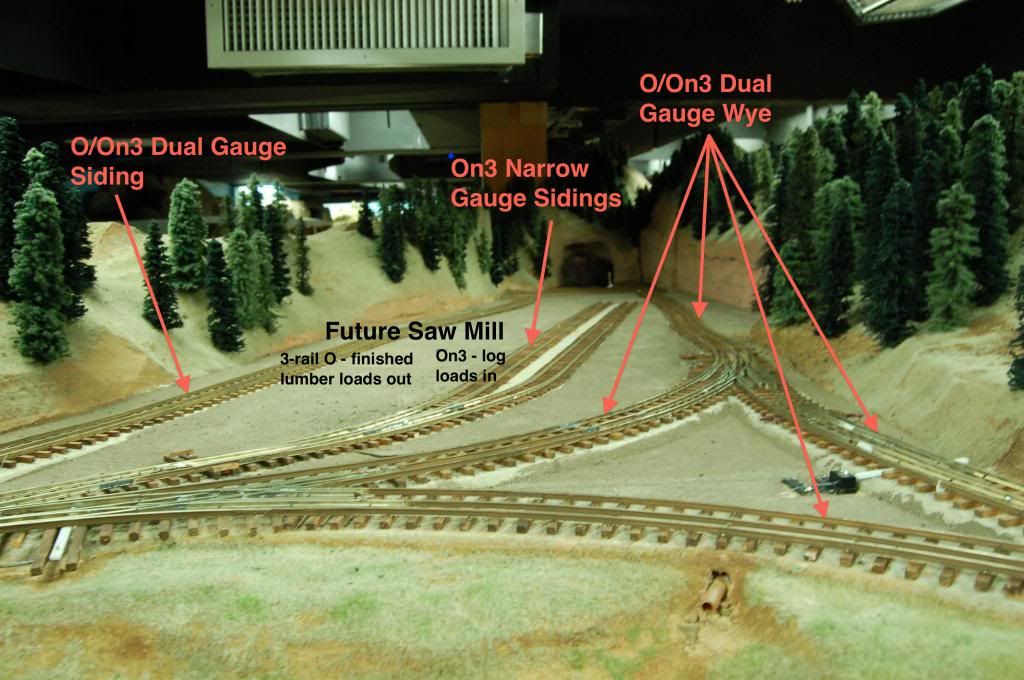
Compared to the Leadville Wye, Owenyo was a piece of cake. Owenyo has two custom crossings with no moving parts. Leadville has four dual gauge switches, two hand laid On3 narrow gauge switches, and an On3 crossover that shifts the On3 from sharing one outside rail to the other in the middle of the wye. I'm glad I did it just to prove I could, but I NEVER intend to do it again. All totaled it took about five weeks of work to lay the track in Leadville.
We've run both O and On3 equipment through all the track work, but never at the same time. Right now the NWTL's Precision Scale On3 Climax is still a DC locomotive. Leadville is now wired and connected to AC track power with DCS. I recently purchased one of MTH's new HO GP-35's with Protosound 3E+, which is designed for Marklin HO 3-rail AC operation. We'll be cannibalizing the GP-35's electronics to convert the On3 Climax to AC operation on DCS. Once that's done we'll be able to operate O and On3 engines simultaneously in Leadville without any toggling between power sources.
Hi folks,
I posted some side by side location comparison photos over on the WPF thread and figured I should add them and a few more over here.
SILVER BOW CANYON, MT

[img]http://i155.photobucket.com/al...20Lines/DSC_6089.jpg[/img
PALISADES CANYON, NV

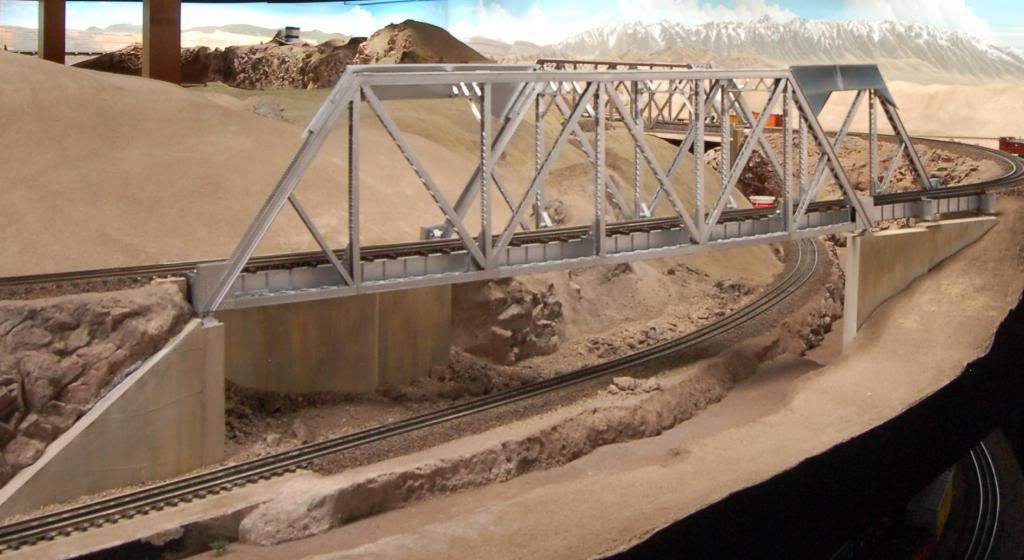
ROYAL GORGE, CO
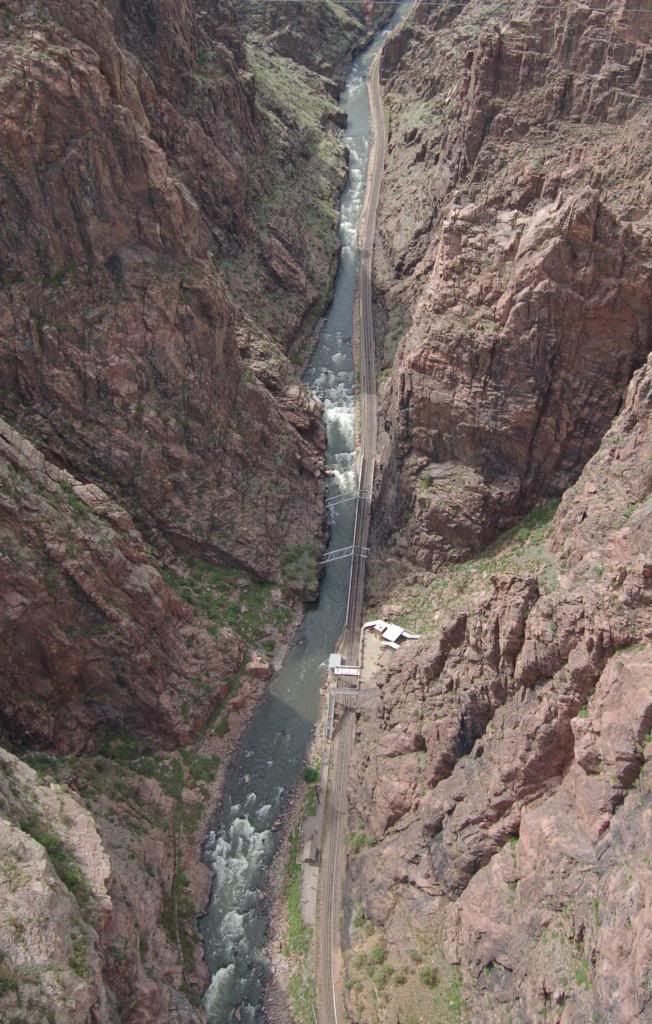
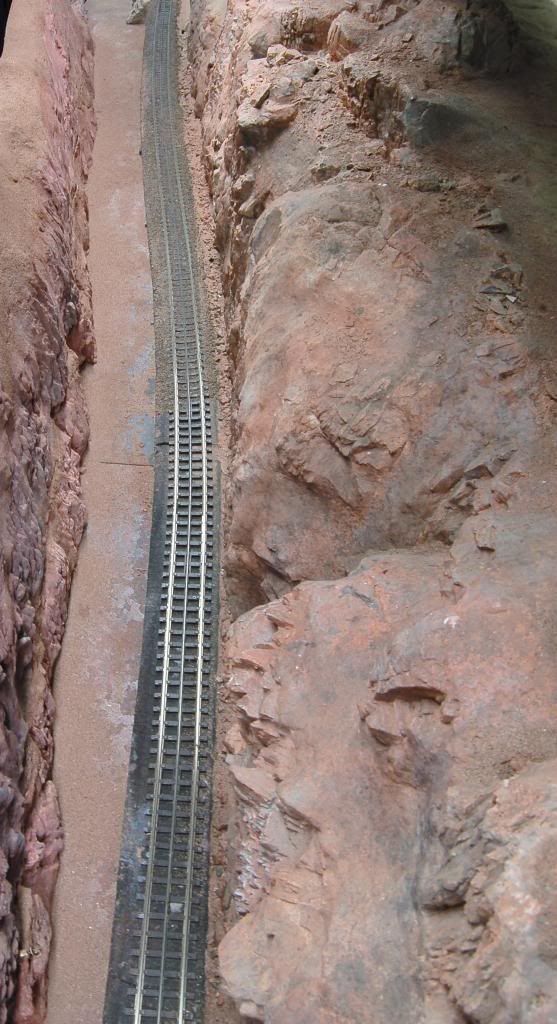
OWENYO, CA
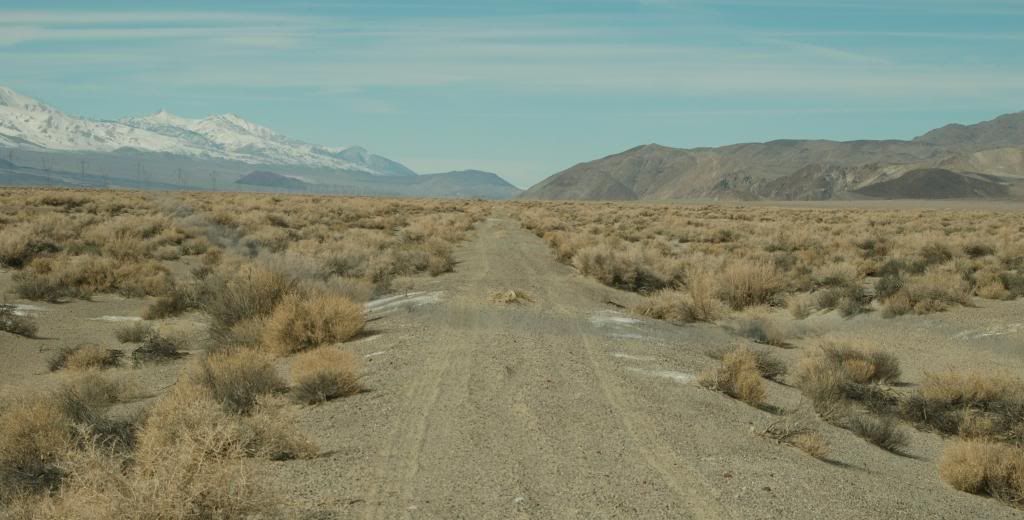
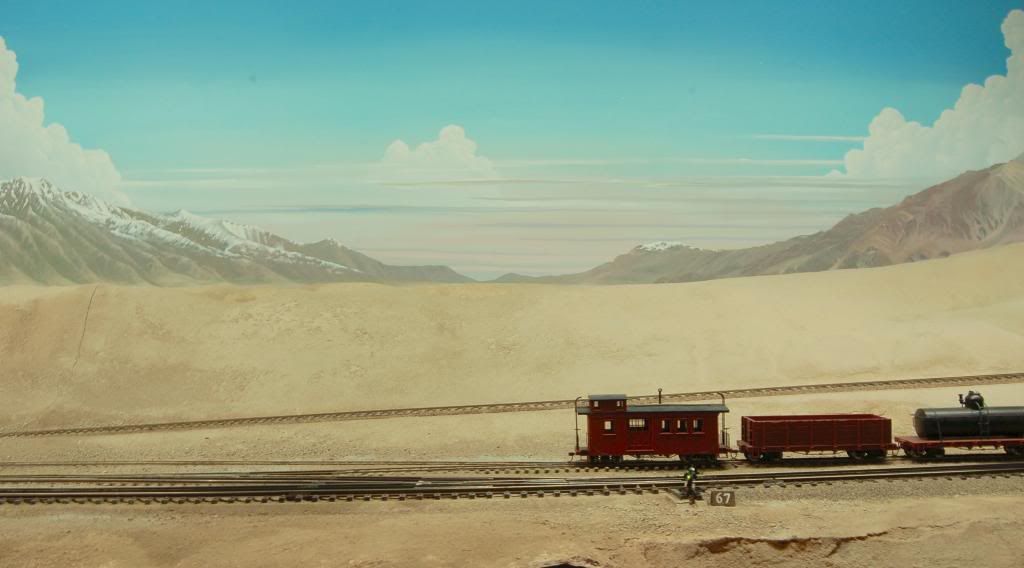
ST. PAUL PASS, MT
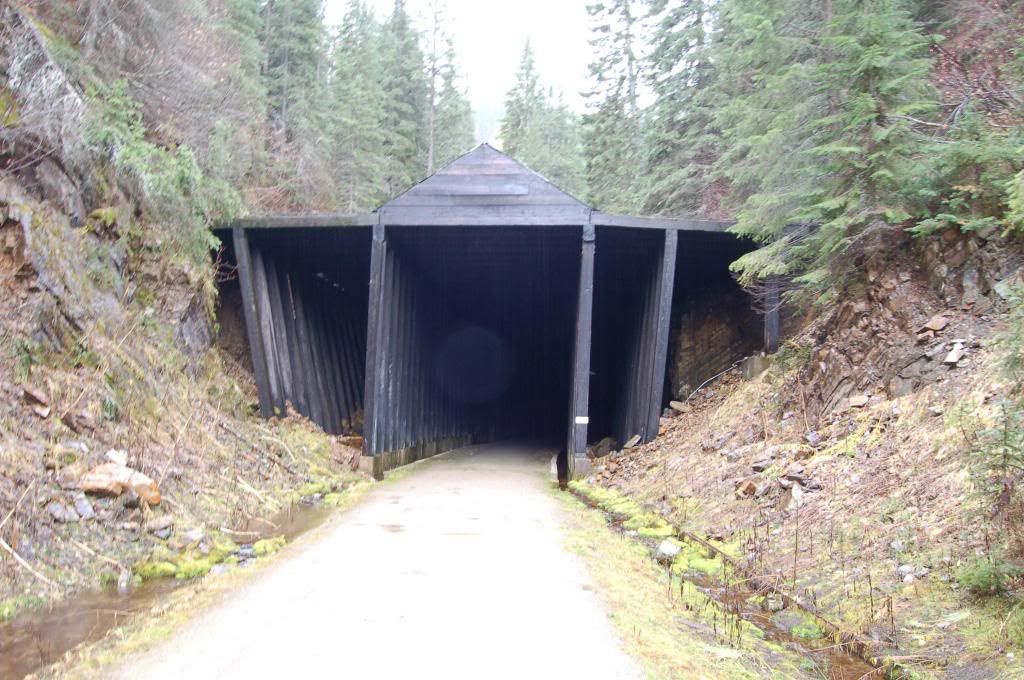
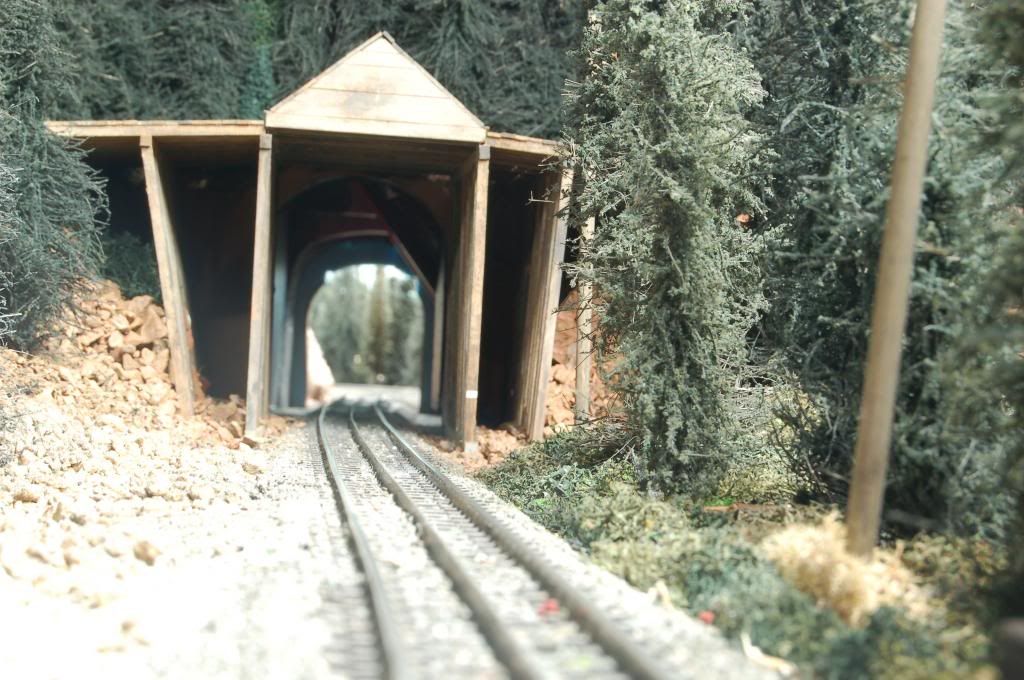
LOMBARD, MT
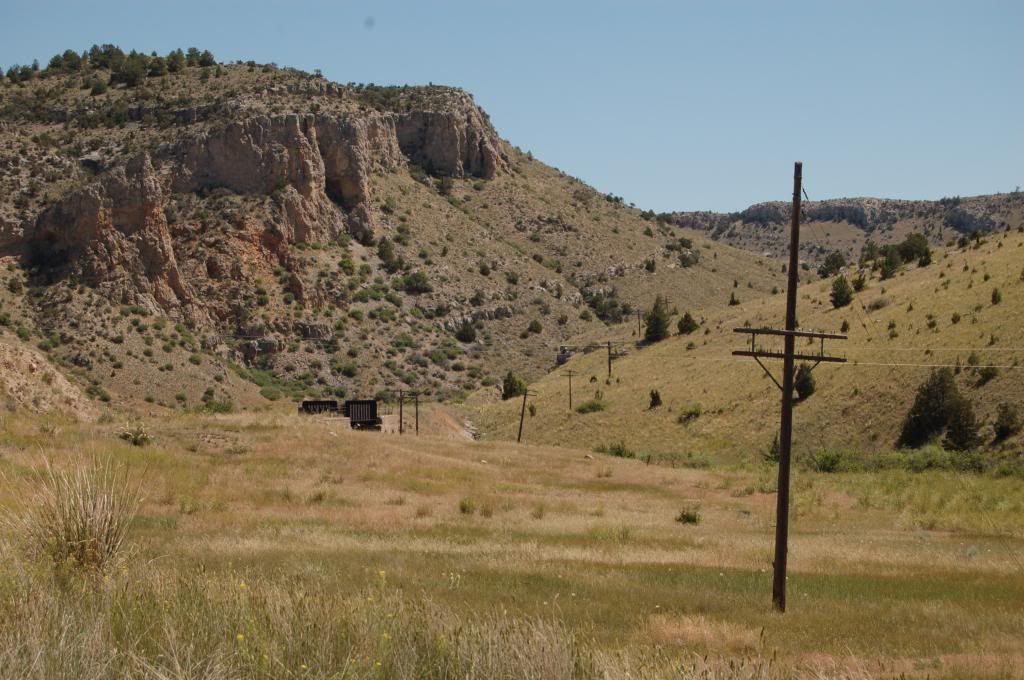
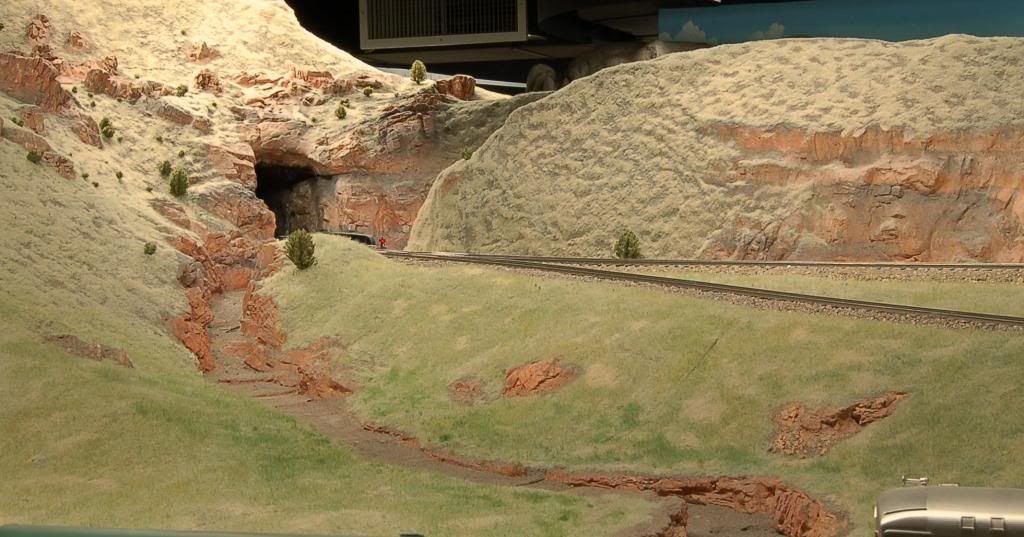
CASTLE GATE, UT
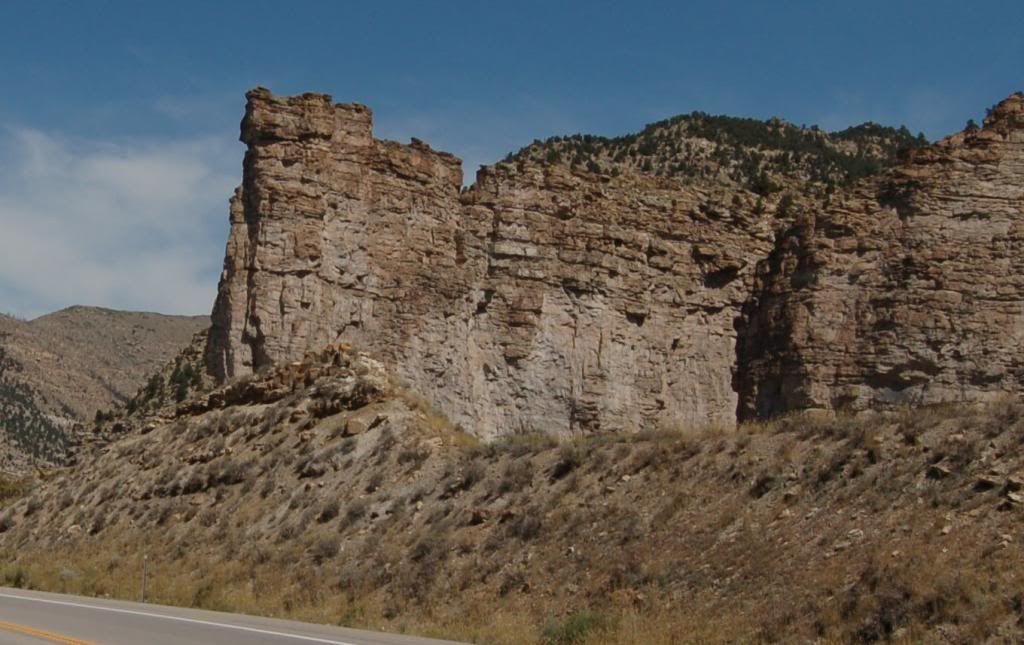
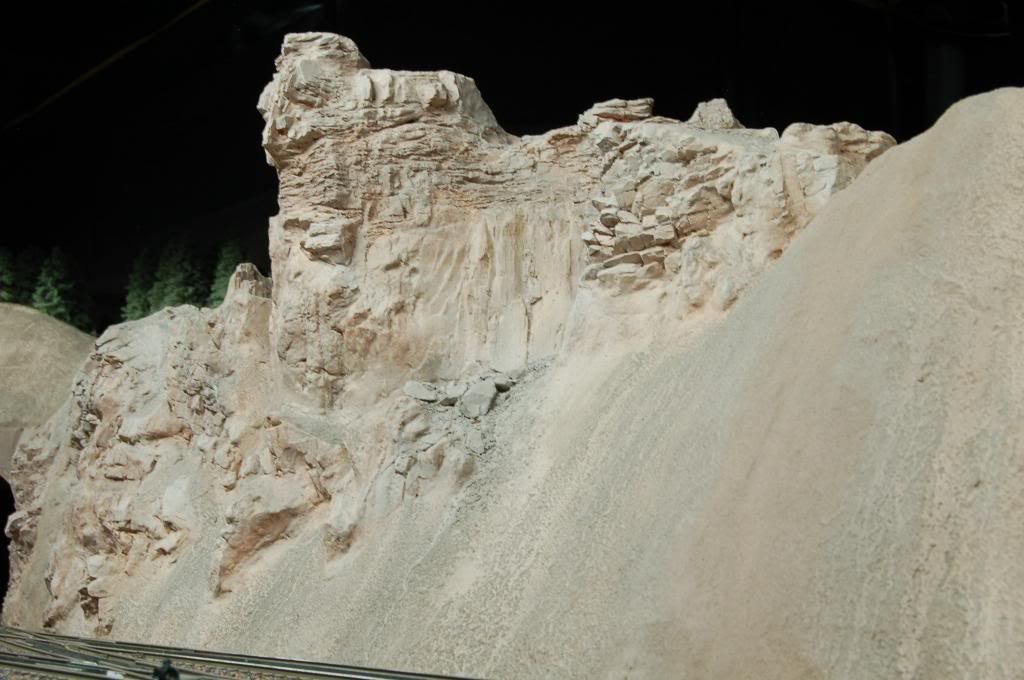
SKYKOMISH, WA
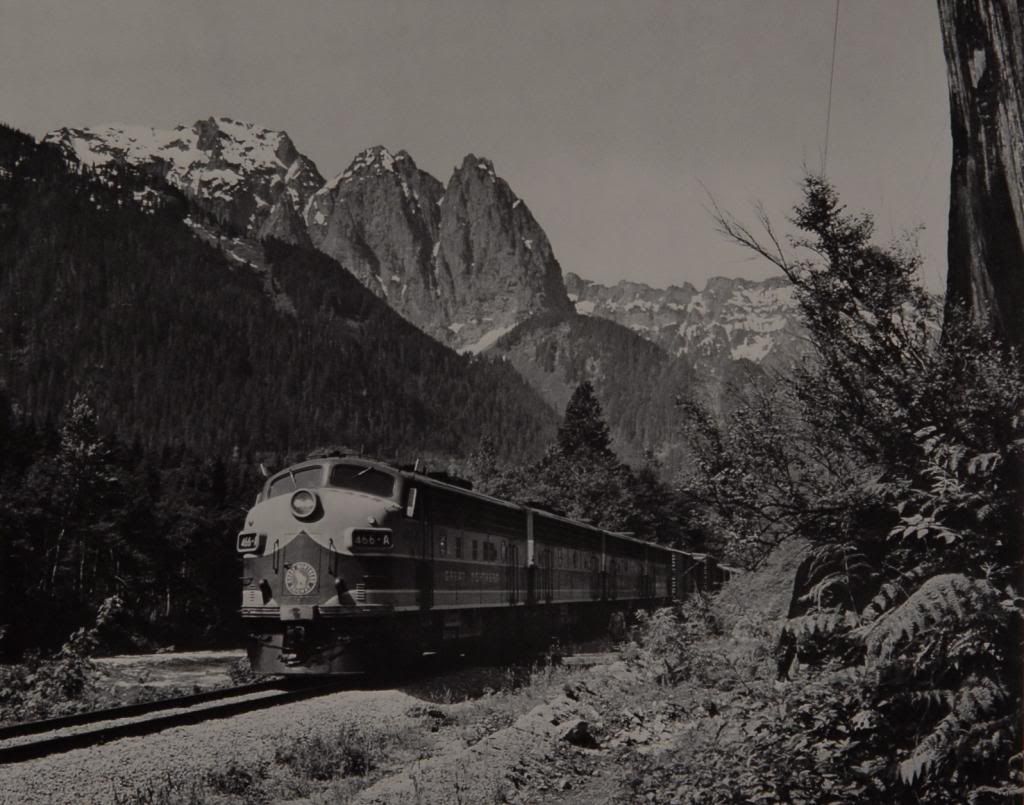
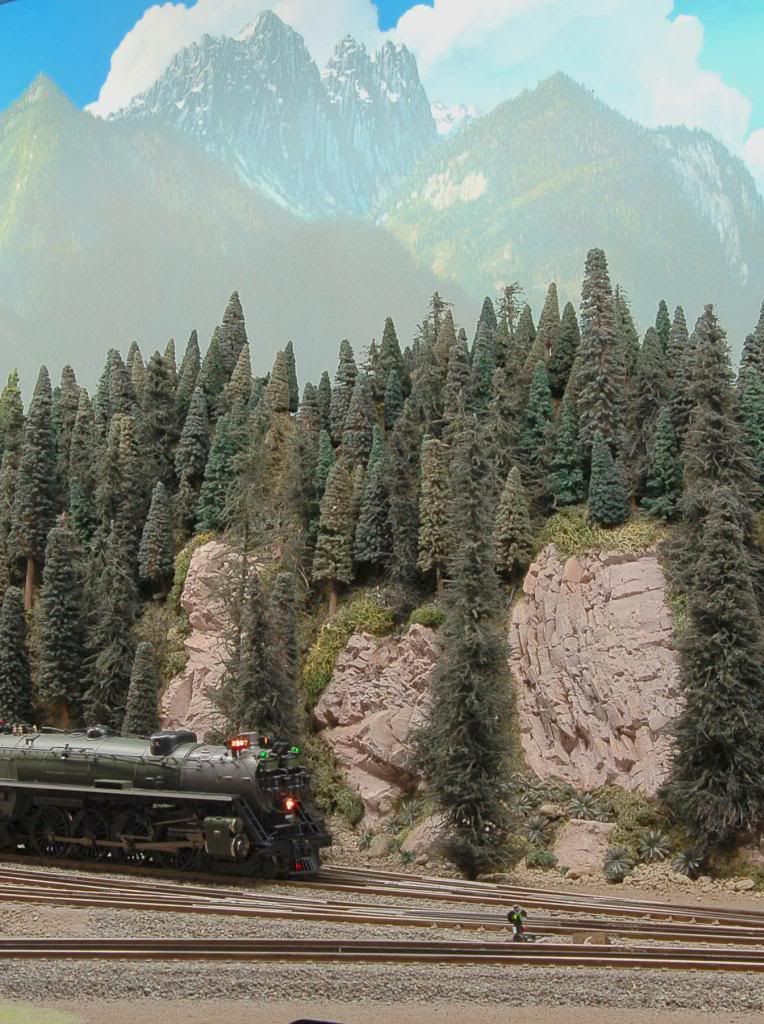
Hi all,
We've been doing some "wiring" on the NWTL lately and I thought it was time for new post.
Washington State is blessed with an abundance of hydroelectric power, much of which comes from the Bonneville Power Administration's dams on the Columbia River. The only unfortunate aspect is that the dams are east of the Cascade Mountains and most of the power is used on the west side of the range in Seattle, Tacoma, Everett, and the surrounding communities. Just like the railroads, the BPA was forced to cross some of steepest slopes in North America. Since the 1930's when the dams were built on the Columbia, the railroad lines across Stevens Pass (Great Northern), Snoqualmie Pass (Milwaukee Road), and Stampede Pass (Northern Pacific) have been closely paralleled by high tension towers flowing BPA power.
One of the scenes on the NWTL depicts Skykomish Washington, along the GN's route over Stevens Pass. In our representation the viewer is essentially standing in the Skykomish River looking south into the town.
In an effort to help "sell" the location we've added a string of five high tension towers on the opposite side of the viewing aisle. Three of the towers are an MTH set, which has recently been produced for the first time in many years. You can distinguish these towers by the single insulators for each wire. This type of insulator is common on towers that are in a straight line with both adjacent towers. The other two towers are 30+ year old brass models imported by House of Duddy. These towers feature double insulators, which are commonly used where the transmission lines change direction. All the towers were painted flat gray to match oxidized zinc galvanized steel and the insulators were paint with reddish brown high gloss to match brown glazed ceramic insulators.
For transmission wires we chose to use .5mm elastic beading filament, which is very close in O scale to the diameter of 1/0 cable. The filament is readily available at craft stores at very reasonable prices. The elastic filament is far more durable in this application than actual wire or string. When (not if) you snag a line, it will stretch to over six times its relaxed length without breaking. Once we pulled the cables through the insulators and set the slack a dot of CA glue keeps the lines from getting out of adjustment.
All in all, we're pretty pleased with the results.
There must be some area that needed to be redone? I'd buy the old one for my cellar!!![]()
Absolutely gorgeous Dave. Kind of makes me wish I needed some for my layout. Hasn't even been a week, and it looks like you guys got a lot done.
quote:Originally posted by Hot Water:quote:Originally posted by david1:
OK i'm confused
Dave
So you don't read Morris Code?
Dave...absolutely breathtaking and another great story!!!
Alan
Access to this requires an OGR Forum Supporting Membership
